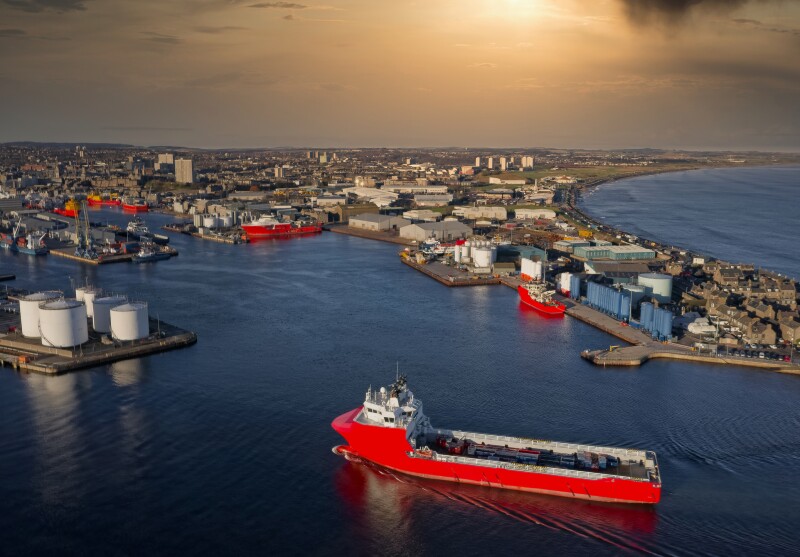A recent report from Wood Mackenzie shows that UK North Sea oil and gas production could increase significantly while remaining within international climate goals. The analysis is the company’s latest to caution that the UK government’s stance to curtail upstream activity and maintain a windfall tax on oil and gas producers while promoting a shift toward renewable energy could have unintended consequences.
According to the consultancy’s analysis, UK Continental Shelf (UKCS) production value chain emissions outperform the Intergovernmental Panel on Climate Change’s (IPCC) global net-zero framework by 25 to 50 mtpa of CO2 through 2050. This would mean the UK holds the potential to produce an additional 2.6 billion BOE while staying within IPCC limits.
The report also highlights a collapse in exploration activity, with 2025 projected to be the first year since 1960 without a single exploration well drilled in the UKCS. The authors recommend targeted licensing focused on discovered resources that can tie back to existing infrastructure, noting 2.3 billion BOE in recoverable reserves are still locked inside more than 7,600 open and relinquished blocks.
“The North Sea stands at a crossroads, but our analysis shows a clear pathway balancing climate science with energy security. Encouraging domestic production through smart licensing of known discoveries would extend infrastructure life while reducing emissions and import costs,” said Gail Anderson, research director for North Sea upstream at Wood Mackenzie.
Wood Mackenzie’s analysis indicates that producing an additional 1 Tcf of gas from the UKCS could avoid up to 15 Mt of CO2 equivalent in Scope 1 and 2 emissions by displacing higher-emission US liquefied natural gas (LNG) imports. By 2035, US LNG is projected to supply more than 60% of the UK’s gas demand, which the consultancy said would triple the emissions intensity of domestically consumed gas from 3.7 to 11.3 gCO2e/MJ.
Wood Mackenzie concludes that UKCS hydrocarbons account for only 3% of total UK territorial emissions but remain central to a balanced energy transition that includes carbon capture, hydrogen, and offshore wind.
“The government faces pressure to restrict North Sea production but risks undermining both climate goals and energy security,” Anderson said, adding that a “balanced approach would support emissions reductions, energy affordability, and the longevity of the UK’s offshore industry.”

